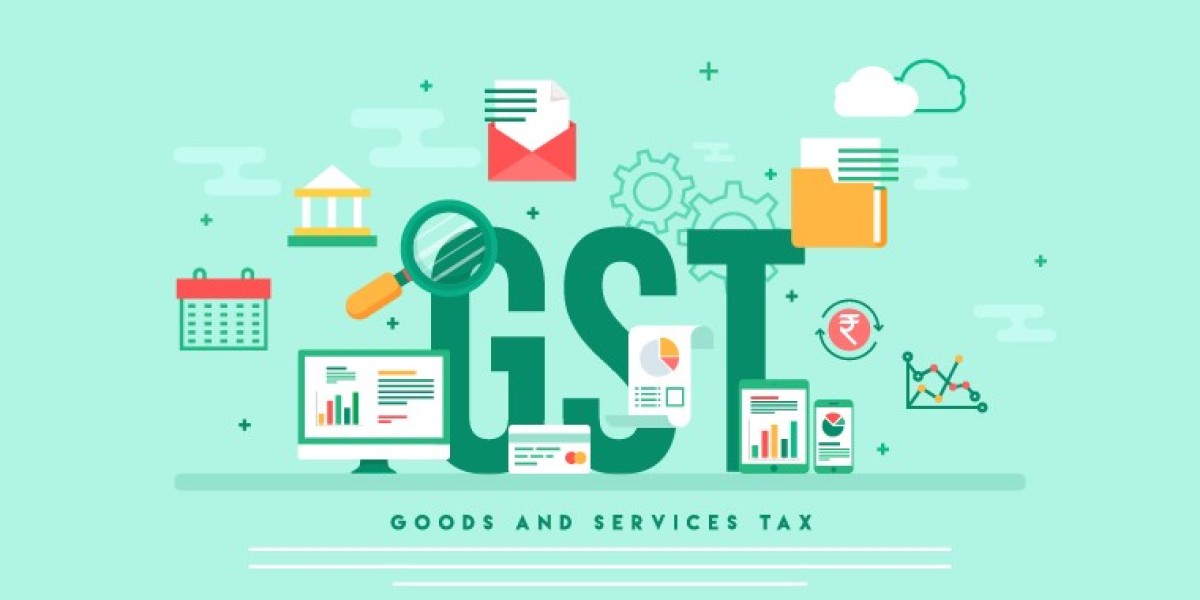GST Accounting is a process of maintaining books of accounts comprising the details of all the goods or services or both by the seller.
Prerequisites for maintaining records and accounts under GST accounting
Maintenance of records: The seller must maintain the books of accounts comprising all the details of goods at the storage location. Having said this, it includes details regarding dispatch, movement, receipt, and disposal of goods.
Details of transportation of goods: The books of accounts must also contain the details of Transportaion of goods. This includes the details of goods that have been delivered or are in transit.
Maintenance of books of accounts at principal place of business: Under the GST regime, it is mandatory to maintain books of accounts at the principal place of business. Principal place of business is the business where the primary business takes place. Further, if there are more than one place of businesses, then there should be maintenance of books of accounts at each place of businesses.
Backup of books of accounts that are maintained electronically: If the seller maintains his books of accounts electronically, then he must ensure that he takes the backup of these books of accounts. This is to ensure the smooth running of his business.
Major Accounts To Be Created Under GST
The GST is of three types namely:
- CGST
- SGST / UTGST
- IGST
Accordingly, the entries are to be passed for each account as follows:
- CGST: Input CGST A/c, Output CGST A/c
- SGST/UTGST: Input SGST A/c / Input UTGST, Output SGST A/c / Output UTGST A/c
- IGST: Input IGST A/c, Output IGST A/c
Illustration:
Mr. ABC, a paint dealer, has made some transactions in the month of September, 2024. To check his tax liability, the entries are to be made in the books of accounts. These transactions are as follows:
Purchase of paint from the local GST registered manufacturer = ₹2,00,000.
Paint purchase from a GST registered dealer outside his state = ₹1,00,000.
Purchase of materials and packing bags = ₹20,000.
Sales within the State = ₹3,00,000.
Sales made outside the State = ₹5,00,000.
Paid legal consultation fee to an Advocate = ₹40,000.
The GST rate applicable on paint as well as packing materials is 28%. However, the GST rate on professional services (Advocate Consultation Fees in this case) is 18%.
The entries are as follows:
| Particulars | Amount (Dr.) | Amount (Cr.) | |
| Purchases A/c | Dr. | ₹2,00,000 | |
| Input SGST @14% A/c | Dr. | ₹28,000 | |
| Input CGST @14% A/c | Dr. | ₹28,000 | |
| To Creditors/Bank A/c | ₹2,56,000 | ||
| (For paint being purchased from the local GST registered manufacturer) | |||
| Purchases A/c | Dr. | ₹1,00,000 | |
| Input IGST @28% A/c | Dr. | ₹28,000 | |
| To Creditors/Bank A/c | ₹1,28,000 | ||
| (For paint being purchased from GST registered dealer from other State) | |||
| Packing Material A/c | Dr. | ₹20,000 | |
| Input SGST @14% A/c | Dr. | ₹2,800 | |
| Input CGST @14% A/c | Dr. | ₹2,800 | |
| To Creditors/Bank A/c | ₹25,600 | ||
| (For purchase of materials and packing bags being made) | |||
| Debtors/Bank A/c | Dr. | ₹3,84,000 | |
| To Sales A/c | ₹3,00,000 | ||
| To Output SGST @14% A/c | ₹42,000 | ||
| To Output CGST @14% A/c | ₹42,000 | ||
| (For sales being made within the State) | |||
| Debtors/Bank A/c | Dr. | ₹6,40,000 | |
| To Sales A/c | ₹5,00,000 | ||
| To Output IGST @28% A/c | ₹1,40,000 | ||
| (For sales being made outside the State) | |||
| Legal Consultation Fees A/c | Dr. | ₹40,000 | |
| Output SGST @18% A/c | Dr. | ₹7,200 | |
| Output CGST @18% A/c | Dr. | ₹7,200 | |
| To Bank A/c | ₹54,400 | ||
| (For legal consultation fees being paid to Advocate) | |||
From the above illustration,
Total Input IGST = ₹28,000
Total Input SGST = ₹30,800
Total Input CGST = ₹30,800
Total Output IGST = ₹1,40,000
Total Output SGST = ₹49,200
Total Output CGST = ₹49,200
The Input Tax Credit can be claimed as follows:
| CGST | First IGST and then, CGST |
| SGST | First IGST and then, SGST |
| IGST | First IGST and then, SGST or CGST in any manner |
Allocation of Input Tax Credit will be as follows:
| Particulars | Credit Available | CGST | SGST | IGST | Balance Credit |
| Output Tax | ₹49,200 | ₹49,200 | ₹1,40,000 | ||
| Less: Input Tax | |||||
| IGST | ₹28,000 | ₹49,200 | ₹49,200 | ₹28,000 | ₹13,600 |
| CGST | ₹30,800 | - | N/A | - | ₹30,800 |
| SGST | ₹30,800 | N/A | - | - | ₹30,800 |
Advantages & Disadvantages of Bookkeeping & Accounting:
| Advantages | Disadvantages |
| Automates the workflow | Complex for small businesses |
| Standarized invoicing | High data entry requirements |
| Accurate Input Tax Credit Claims | Increased documentation |
| Improves business performance | Compliance burden |
| Better cash flow management | Reconciliation issues |
Conclusion
In conclusion, mastering GST accounting is fundamental for businesses seeking compliance and financial efficiency. From navigating GST registration to seeking expert GST consultation, understanding the intricacies of GST accounting is paramount. Proper documentation of invoices, meticulous tax calculations, and timely filings are essential components in this realm. Leveraging input tax credits effectively can significantly impact a company's bottom line. Remember, accurate GST accounting not only ensures adherence to legal requirements but also optimizes financial operations. For comprehensive support in GST registration and insightful consultation on GST matters, engaging with knowledgeable professionals like TaxHelpdesk can pave the way for smoother tax processes and improved financial management. Stay informed, stay compliant, and let expertise guide your GST accounting journey.
Naijamatta is a social networking site,
download Naijamatta from Google play store or visit www.naijamatta.com to register. You can post, comment, do voice and video call, join and open group, go live etc. Join Naijamatta family, the Green app.
Click To Download


